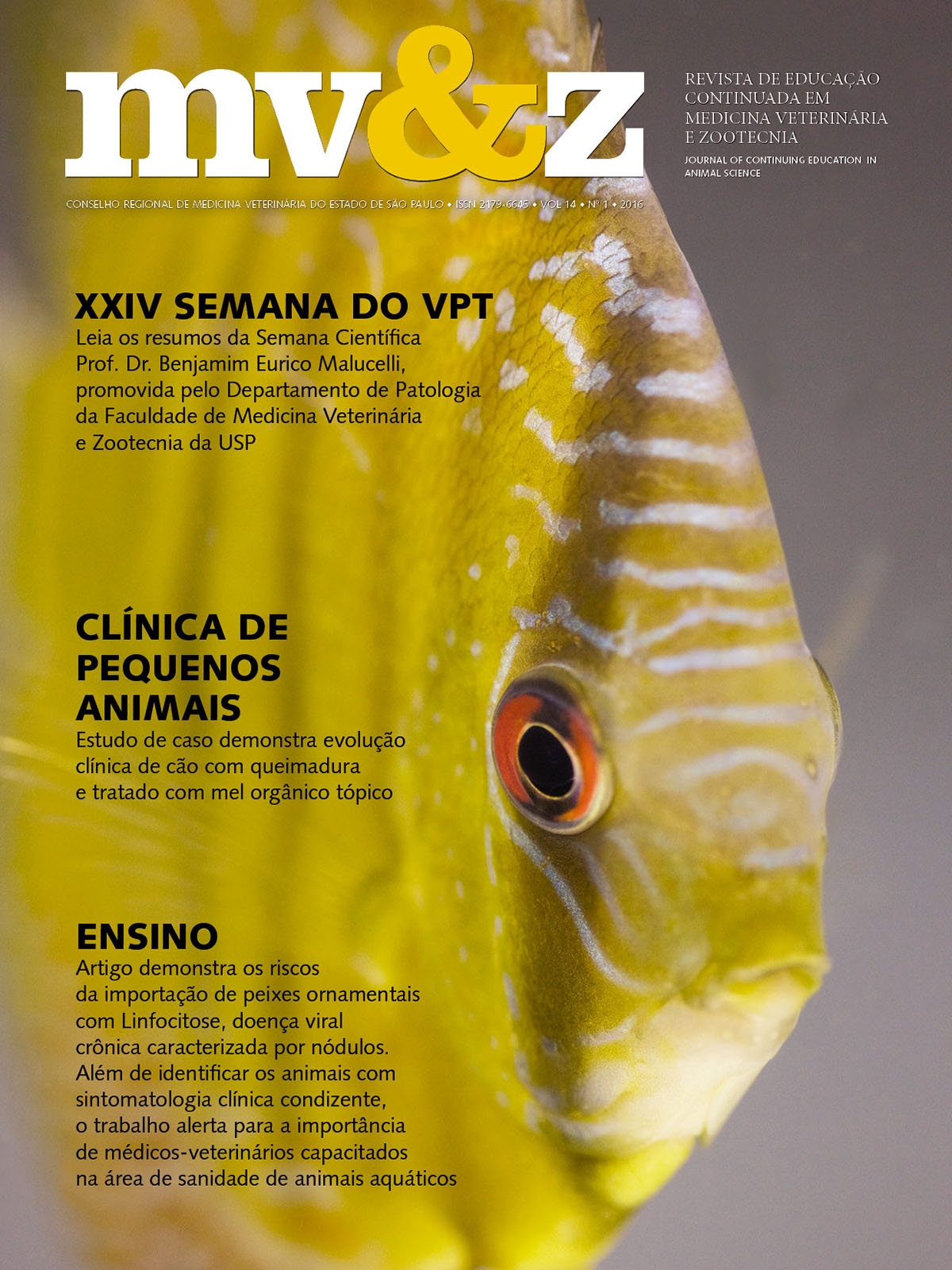After restraint stress, mice with high and low immobility time have a different neurochemical and behavioral profile
Main Article Content
Abstract
High and low immobility on the tail suspension test is a common tool for assessing antidepressant drug effects. However, those parameters might be a natural phenotype present in the mice population and could be selected through behavior evaluation without an induced-drug behavior need. High immobility has been also related to depressed-like behavior, that in humans are characterized by wide range of symptoms, such as anhedonia, anxiety and tiredness.
Article Details
1. Autores mantém os direitos autorais e concedem à revista o direito de primeira publicação, com o trabalho licenciado sob a Creative Commons Atribuição-NãoComercial-SemDerivações 4.0 Internacional
2. Autores têm autorização para assumir contratos adicionais separadamente, para distribuição não-exclusica da versão do trabalho publicada nesta revista (ex.: publicar em repositório institucional ou como capítulo de livro), com reconhecimento de autoria e publicação inicial nesta revista.
3. Autores têm permissão e são estimulados a publicar e distribuir seu trabalho online (ex.: em repositórios instituicionais ou na sua página pessoal) a qualquer ponto antes ou durante o processo editorial, já que isso pode gerar alterações produtivas, bem como aumentar o impacto e a citação do trabalho publicado (Veja O Efeito do Acesso Livre);
